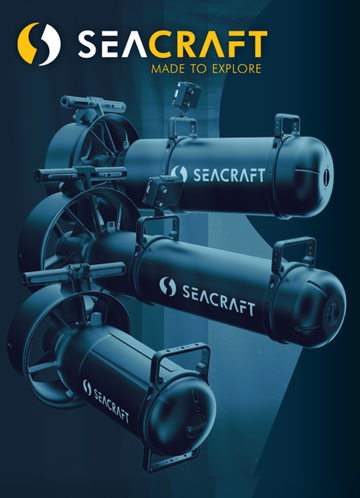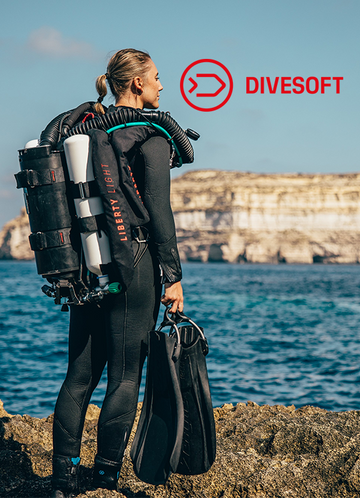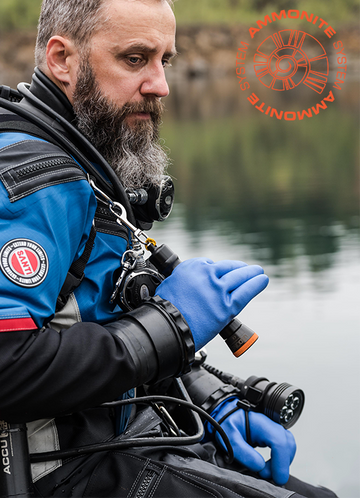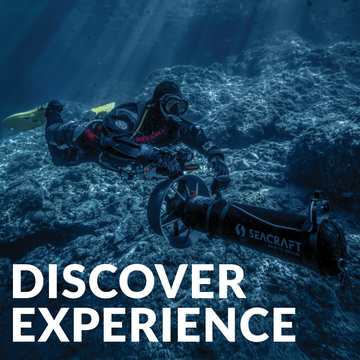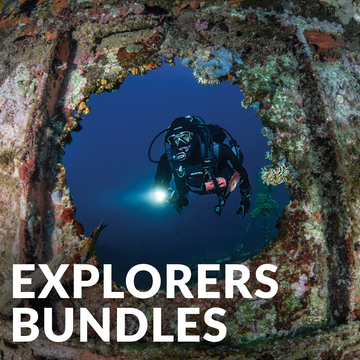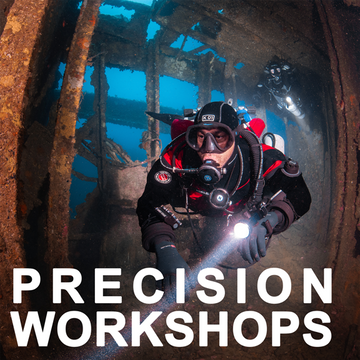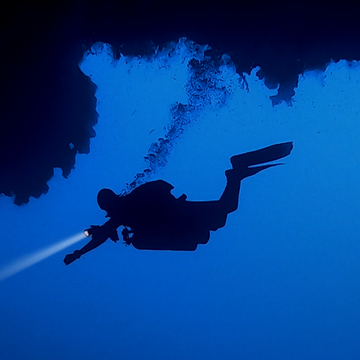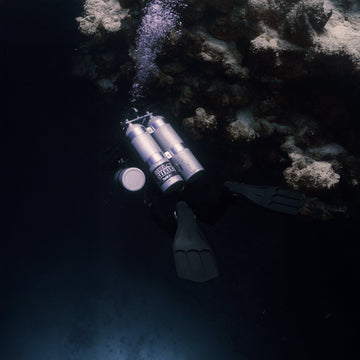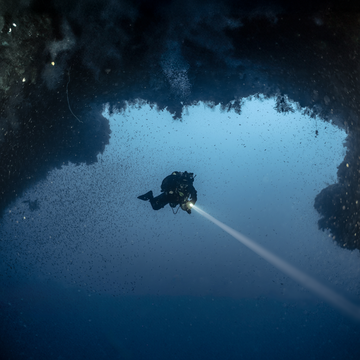Wreck diving captures the imagination of divers around the world, offering a rare opportunity to explore history frozen in time. From sunken cargo ships to decommissioned naval vessels, each wreck tells a story—and stepping inside these submerged relics can be both thrilling and sobering. But with the excitement of wreck penetration comes a dramatically increased risk profile. Entering the interior of a wreck means entering an overhead environment, where hazards such as entanglement, silt-outs, structural collapse, and disorientation are not just possible—they are likely if the dive is not properly planned and executed.
Understanding the training required to safely penetrate wrecks is critical. The diving industry does not apply a universal standard for wreck penetration, and certification requirements can vary significantly between training agencies.
Not All Wreck Certifications Are Equal
Many agencies offer an entry-level Wreck Diver course, often available to Open Water certified divers. These programs typically teach how to identify and avoid hazards while exploring the exterior of a wreck. Divers may learn about currents, sharp objects, and depth-related challenges, but these courses do not authorize or prepare a diver to enter the wreck.
Some agencies offer Advanced Wreck or Wreck Penetration certifications. These courses may allow divers to enter limited spaces within wrecks—such as open compartments with ambient light and large exits—but they still often fall short of training divers to handle complex or deep penetration environments. Skills such as guideline deployment, low-visibility navigation, gas management for overhead environments, and problem-solving under stress are only partially addressed, if at all.
The DIR Perspective: Treat Wrecks Like Caves
Within the DIR (Doing It Right) diving system, wreck penetration is treated with the same seriousness as cave diving. The DIR philosophy emphasizes:
- Standardized equipment configurations for predictable team responses
- Redundancy in life-support systems
- Team-based protocols for communication and emergency response
- Environmental stewardship and situational awareness
Because of the similar risks involved, divers who plan to enter complex wrecks are strongly encouraged to first complete a cave diving course. These programs provide rigorous training in:
- Line handling and guideline protocols
- Rule-of-thirds and more conservative gas planning
- Zero-visibility exits
- Stress management and emergency drills
- Team positioning, spacing, and signaling under overhead conditions
Cave training develops the discipline, habits, and mindset needed for wreck penetration—and these skills transfer seamlessly from rock to rust.
Not All Wrecks Require Advanced Training
That said, not all wrecks demand such a high level of training. Many artificial reefs and intentionally scuttled vessels are designed with diver safety in mind. These wrecks often feature:
- Wide, open swim-throughs
- Pre-cut exits and entry points
- Ambient lighting and minimal overhead
- Shallow depths with minimal current
These sites can offer excellent opportunities for less experienced divers to safely explore wreck structures—provided they remain within their training limits. Even then, the use of proper equipment (such as a primary light and redundant air source) and good judgment is essential.
Selecting a Wreck Dive Appropriate for Your Certification Level
Penetrating a wreck should never be approached casually. Even seemingly simple environments can pose significant risks when they involve overhead structures, entanglement hazards, or unpredictable conditions. Careful consideration of several critical factors is essential before any wreck penetration dive.
When choosing a wreck to dive or deciding whether to enter a structure—ask yourself:
• Depth and Conditions:
How deep is the wreck? Are there currents or poor visibility?
Deeper wrecks introduce added complexity, including increased gas consumption, gas content, and decompression obligations. External factors such as surge, current, and visibility can severely impact your ability to navigate or exit safely. These conditions may also affect communication and increase task loading, especially during a penetration dive.
• Wreck Structure and Stability:
Is the wreck relatively intact or deteriorated? Are there multiple large exits, or is the layout restrictive? Assess the wreck’s overall stability. Is it a modern, intact wreck with reinforced entry points, or is it heavily deteriorated and structurally unstable? Consider whether the interior has adequate ambient light and multiple large exit points. Wrecks with tight restrictions, dead ends, or collapse-prone corridors require specialized training and equipment. Remember, structural instability can turn a minor incident into a critical emergency in seconds.
• Your Training and Readiness:
Are you trained and certified for overhead environment diving? This includes not just the card you carry, but also your ability to manage guideline deployment and retrieval, gas planning under the rule of thirds or more conservative models, and emergency scenarios such as zero visibility, lost line, or entanglement. Wreck penetration without these core competencies can expose divers to significant, avoidable risks.
• Team Training and Communication:
Is everyone on the team trained to the same standard? Are your gear configurations and procedures aligned? Do you have a clear dive plan, exit strategy, and communication method in place? Wreck penetration should always be conducted with a competent and cohesive team. Ensure all team members are equally trained, equipped, and familiar with standardized procedures. Alignment in communication methods, gear configuration, and emergency protocols enhances team coordination and reduces the chance of miscommunication or delayed responses.
In all cases, if there is any doubt—stay out. Penetrating a wreck without proper training, equipment, and planning undermines safety and endangers not only the diver but the entire team. The overhead environment is unforgiving; preparation, honesty about one's limits, and respect for the environment are non-negotiable.
Final Thoughts: Know When to Stay Out
Wreck penetration offers unforgettable experiences—but only for those who approach it with humility, preparation, and the right training. The overhead environment does not forgive shortcuts. Even minor mistakes can escalate quickly when exits are limited and visibility is lost.
Whether you’re a recreational diver enjoying external swim-throughs or an advanced diver exploring deeper interiors, respect for the environment and personal limits must guide every decision. As the saying goes: “There are old divers and bold divers—but very few old, bold divers.” Choose wisely, train diligently, and dive responsibly.

